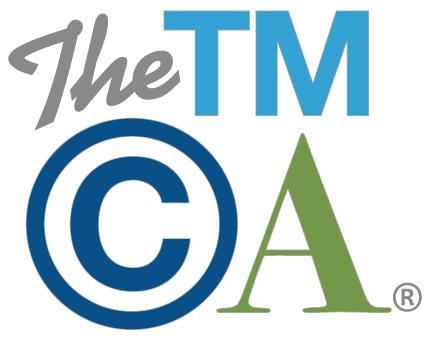BRAND NAMES AS FALSE ADVERTISING AND OTHER LESSONS ON COMPARATIVE PRODUCT TESTING
 In theory, a product brand name can communicate a false advertising message, but it doesn’t happen often in practice. Such an instance was found to have occurred according to a recent decision by the National Advertising Division in which it concluded that the name Painter’s Touch Ultra Cover 2X for a spray paint product marketed by Rustoleum Corp. conveyed an unsubstantiated comparative performance claim. The NAD decision also provides useful guidance about how – and how not – to conduct reliable testing on a competitor’s products, particularly when the testing is performed in-house by an advertiser rather than by an independent testing facility.
In theory, a product brand name can communicate a false advertising message, but it doesn’t happen often in practice. Such an instance was found to have occurred according to a recent decision by the National Advertising Division in which it concluded that the name Painter’s Touch Ultra Cover 2X for a spray paint product marketed by Rustoleum Corp. conveyed an unsubstantiated comparative performance claim. The NAD decision also provides useful guidance about how – and how not – to conduct reliable testing on a competitor’s products, particularly when the testing is performed in-house by an advertiser rather than by an independent testing facility.
The challenger in the Rustoleum case, The Sherwin Williams Company, markets a line of general purpose spray paints under the name Krylon. Sherwin Williams objected to the Painter’s Touch Ultra Cover 2X brand name, which Rustoleum had been using since 2008, as well as accompanying ad claims and visuals communicating that the Rustoleum products provide twice the paint coverage of other competitive spray paints.
NAD determined that the juxtaposition of the word “Cover” next to the designation “2X” in the brand name Painter’s Touch Ultra Cover 2X constituted an express performance claim of double coverage vs. competitive spray paints. Further, where a product name “makes an express claim which conveys a message that is not supported, extrinsic evidence of consumer confusion is not required to recommend a product name change.” NAD found that Rustoleum’s comparative product testing fell short of providing adequate substantiation for its various “2X” coverage advertising claims. Thus, NAD recommended that Rustoleum change the product name and discontinue the “twice the coverage” ad claims.
Many of the deficiencies and flaws in Rustoleum’s product testing methodology and execution cited by NAD offer useful lessons of general applicability to comparative product testing:
- Product Testing Should Generally Be “Apples to Apples.” NAD held that since Rustoleum was making its 2X coverage claims for a line of general purpose spray paints vs. its competitors, the comparative product testing should have focused on competitive general purpose spray paints, not premium or special purpose spray paints.
- Comparative Testing Must Be Conducted on Currently Marketed Products. NAD did not permit Rustoleum to rely on testing it had conducted in 2008 and 2009 on competitive products that were no longer on the market.
- In-House Testing Requires Extra Safeguards to Prevent Bias. NAD held that when product testing is done in-house by an advertiser (as opposed to by an independent lab or facility), sufficient controls must be implemented, even where the test methodology used is valid, in order to avoid bias. These controls include “blinded” samples and careful adherence to the instructions for use stated on the competitor’s product labeling.
- Unqualified Product Performance Claims for a Line of Products Must Be Substantiated for the Entire Line. Rustoleum argued that the testing it conducted on currently marketed competitive products showed that its “twice the coverage” advertising claims were substantiated “on average” for its products (47% of the time vs. one competitive product and 51% of the time for another). NAD said this was not sufficient to support the challenged ad claims. Rustoleum needed to be able to show reliable substantiation for its ad claims for all of the products in its Ultra Cover 2X line, not just some of them, or “on average.”
- Visuals Used to Illustrate Comparative Product Testing Results Can Communicate Implied False or Disparaging Advertising Claims. One of the visuals used by Rustoleum depicted flawless coverage for the Rustoleum product, in contrast to noticeably inadequate coverage for Sherwin Williams’ Krylon product. NAD held that this visual image “reasonably conveyed the falsely denigrating message that Krylon provides ineffective coverage” and thus recommended that the visuals be discontinued.
In the post-decision Advertiser’s Statement, Rustoleum indicated that it will file an appeal with the National Advertising Review Board (NARB) concerning the recommendation to change its product brand name.
* * *
Two important lessons can be learned from the Rustoleum decision. First, incorporating a specific, comparative product performance claim into a brand name can be risky unless there is a strong and ongoing basis for substantiating the comparative claim vs. competitive products. Second, any type of comparative performance claim made against competitive products must be backed up by carefully conducted product testing on currently marketed, similar types of products, and the language of advertising claims used must be tailored to the test results achieved.









